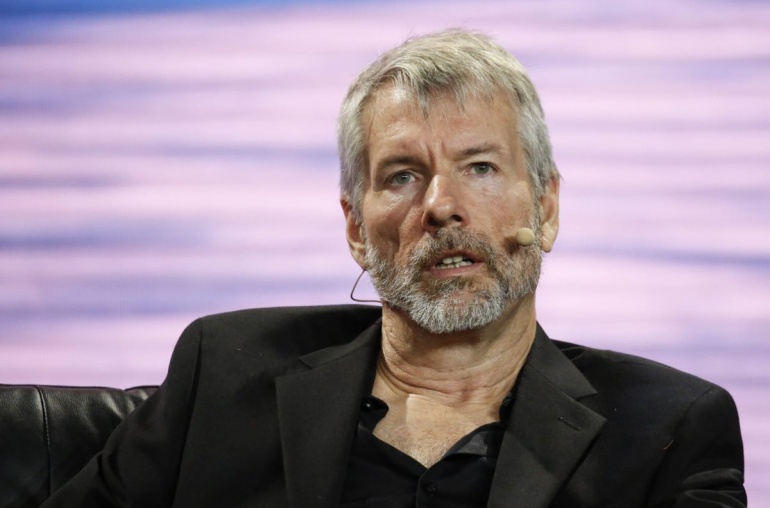
- Lack of dollar liquidity to finance cryptocurrency buying is leading to a lending premium
- Counterparty risks remain for certain types of trades, especially where the counterparty is not a traditional lender, justifying the risk premiums
For the uninitiated, the head-spinning yields from cryptocurrency lending and liquidity provision on decentralized finance or DeFi platforms can sound like the stuff of a Ponzi scheme.
Yet a closer examination of how these yields are generated reveals an almost zero risk trade – lend U.S. dollars to hedge funds so that they can buy Bitcoin and take double-digit interest rates off the top for your service.
Some of the largest non-banks in cryptocurrency are stepping up to meet investor demand for dollars amid a long-standing wariness by traditional banks to lend to individuals or companies associated with Bitcoin or other cryptocurrencies.
Even MicroStrategy (+0.50%) had to issue a convertible bond to raise the money it wanted to use to buy Bitcoin – an issuance which was wildly oversubscribed.
But because there’s a huge cash shortage for hedge funds who want to buy Bitcoin, cryptocurrency firms are generating annualized returns as high as 40% to lend those dollars to buy an asset which they will benefit from should it appreciate.
Here’s how the trade works – it starts with what’s known as a “basis trade” – the difference between the current spot price for Bitcoin, and the value of a derivative contract that will be due months in the future.
For instance, the price of Bitcoin today is US$55,558, while the July future contract on CME Group (+1.55%) is for US$57,635.
A hedge fund could buy Bitcoin at today’s spot price, and sell the July future contract (the right to buy), which would mean that the derivative would gain value, if the price of Bitcoin fell.
Doing so today would lock in a 4% spread between the cash and futures price, and annualizing that return between March 29, 2021 and July 30, 2021, when the futures contract expires, equates to a 12.34% annualized return.
Meaning that a hedge fund which could borrow, even at an exorbitant rate of say 5%, could still see a positive carry of 7% profit on the trade.
And while the spread between the spot and futures is low today, it has been high in recent history, with some basis trades paying as much as over 40% annually.
More importantly, the trade is almost risk free – assuming that CME Group doesn’t go bust as a counterparty – because once the spot and futures prices are locked in, they will converge so that the spread between them is the payoff, less trading fees.
Ironically, for all the dollars in the financial system that are struggling to get even 4% per year, the double digits in the DeFi system can’t even get a buck.
And until those dollars find a way to trickle into the cryptocurrency financing system, these spreads will continue to exist, and lenders in the space will continue to outperform their traditional counterparts.



